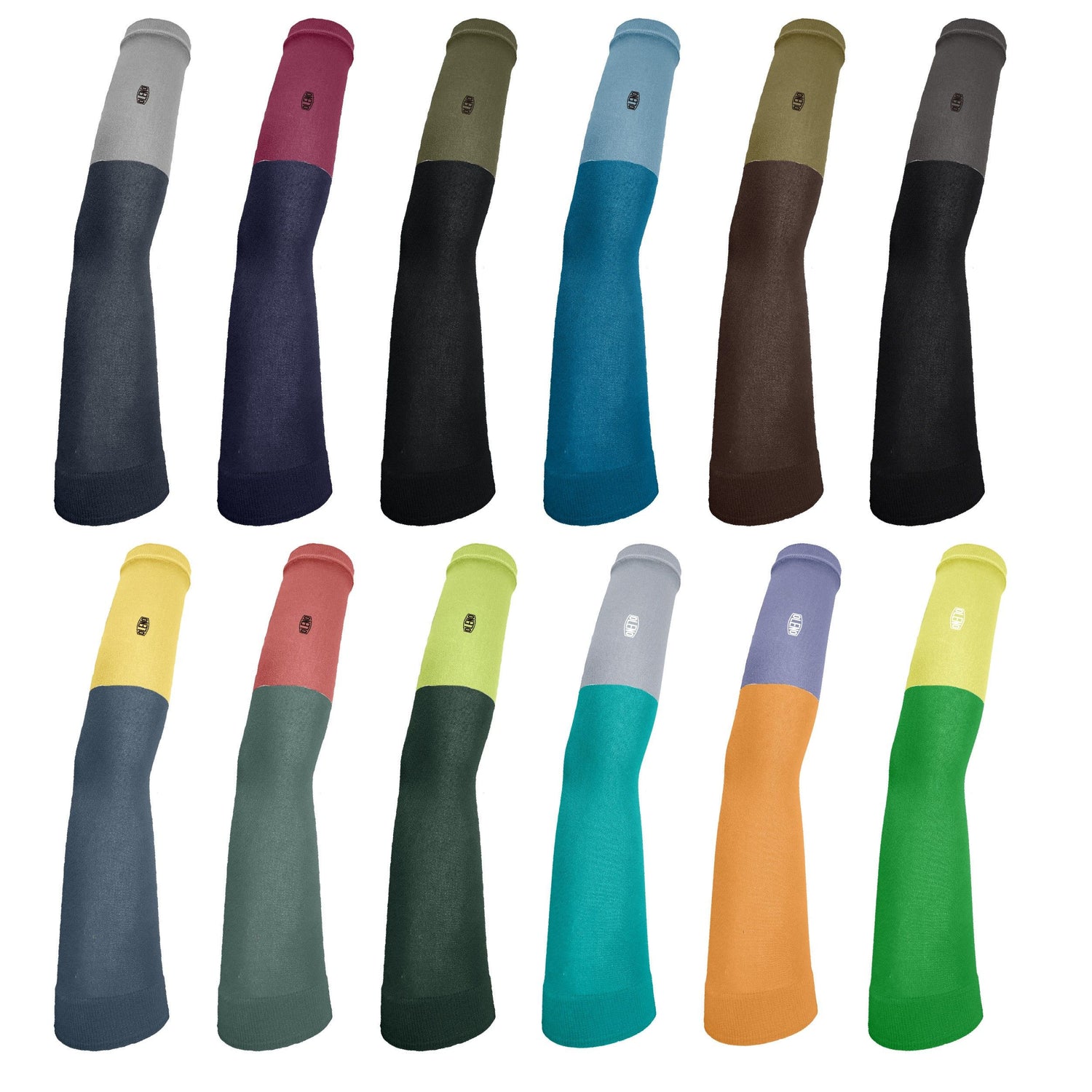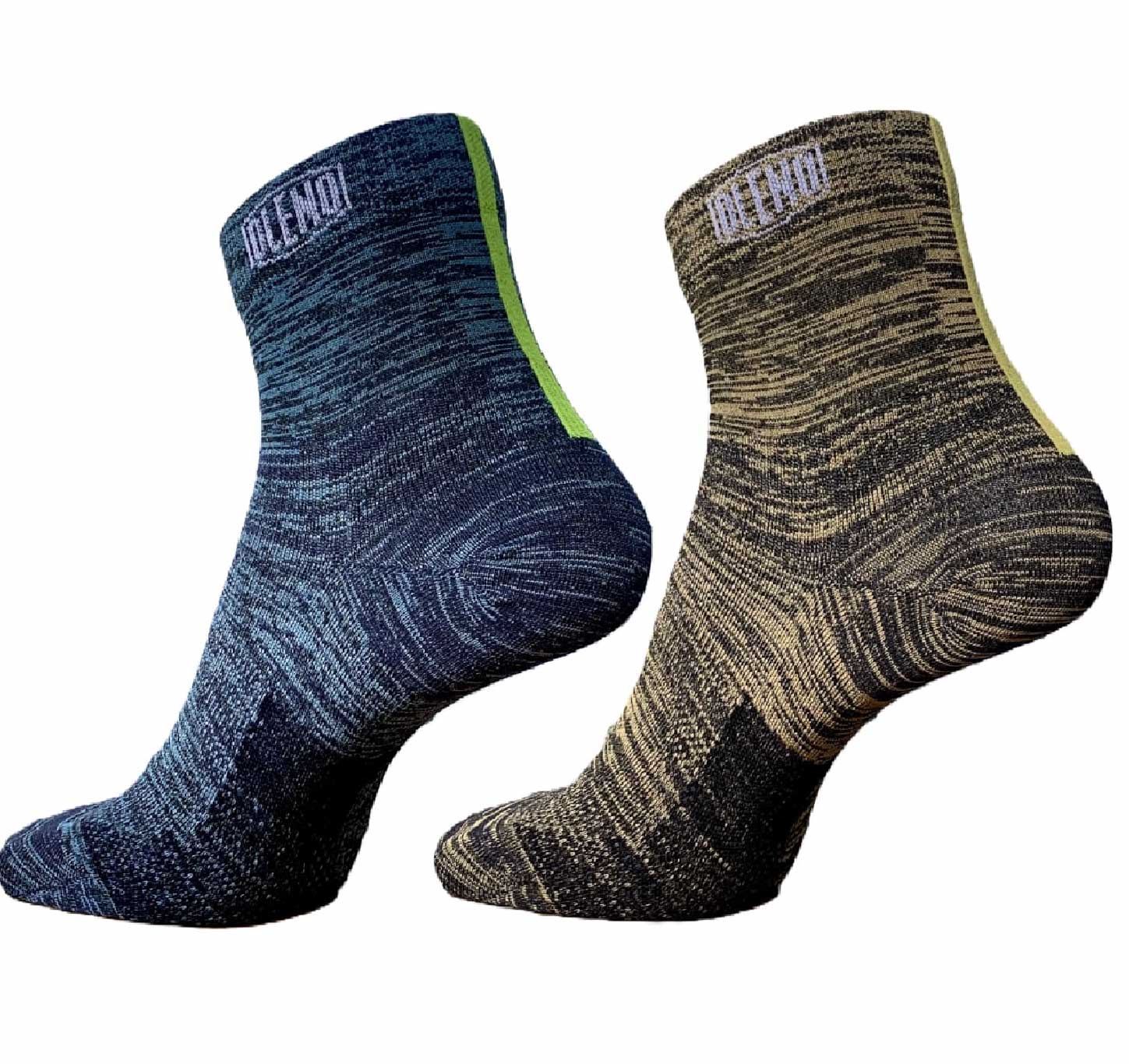The Nara Ultra Marathon course has been released!
It's finally been announced.
The Nara Ultra Marathon (100km) will be held for the first time in Nara Prefecture in May 2026.
The moment I saw the course details, I couldn't help but exclaim, "This is amazing!"
Course details here
Starting at the Fujiwara Palace ruins, the journey will take you through Asuka, Yoshino Kimpusenji Temple, ancient ruins and potential World Heritage sites, truly taking you through the culture and nature of Nara.
This time, for those attempting an ultramarathon for the first time and those who have never been to southern Nara, we will tell you about the enjoyable and difficult points , as well as the "true fun" of this event.
Course description: Fun and difficult points for beginners
*The following is a prediction based on the published overall map and tournament information. Detailed course maps and checkpoint information are currently being prepared, so please wait for the official announcement. Actual course conditions may differ.
[Early stage 0-30km] Fujiwara Palace Ruins → Asuka Village
Enjoyable points
Spectacular view of the Yamato Sanzan mountains bathed in the morning glow : Immediately after the start, the course begins with a breathtaking view of the Yamato Sanzan mountains (Mt. Miminashi, Mt. Unebi, and Mt. Kagu) in the stillness of the morning.

Asuka Burial Mounds : Experience historical heritage sites you may have only seen in textbooks, such as Takamatsuzuka Tomb and Ishibutai Tomb, while driving.

Relatively flat : you still have plenty of energy and time to enjoy the ancient scenery
A difficult point
Be careful not to go too fast: If you get too excited and go too fast, it will affect your performance in the second half of the race. Tell yourself, "This is just the beginning," and try to run patiently.
[Early mid-course 30-50km] Taking on Tsubosaka Pass
A difficult point
Tsubosaka Pass, 300m above sea level : This is the most difficult part of the race. Beginners should take it easy and walk along the way to complete the course.
Enjoyable points
The view of Oyodo town from the pass : A spectacular view awaits you at the top of the climb. It's the moment when you think, "It was tough, but it was worth the climb!"
Accumulating sense of accomplishment : The confidence of having overcome the biggest obstacle will give you energy for the second half
[Mid-late 50-70km] Relaxing time along the Yoshino River
Enjoyable points
A refreshing path along the clear Yoshino River : The sound of the water and the green scenery will soothe your tired body and mind.

Turning point : You'll feel like you're already more than halfway there, and your mood will become more positive.
A difficult point
Mid-race period : As evening approaches, fatigue builds up. This is the time when you start to feel discouraged, thinking, "There's still more than 30km to go..."
Tips : Stay hydrated at water stations. Encourage fellow runners to keep you going.
[Final 70-100km] Unexplored Kurotaki waterfall → Yoshino → Finish
A difficult point
500 steps to Kinpusenji Temple : These steps lead to the sacred site of Shugendo. To be honest, at this point, the runners' legs are pretty tired.

Possibility of night driving : The time limit is 14 hours and 30 minutes, so depending on the pace, it may be possible to drive from dusk to night.
Enjoyable points
The thrill of walking a thousand years of history with your own feet : This is a special experience that can only be experienced here, walking the "path of prayer" that the ascetics have walked.
Finish at the Fujiwara Palace Ruins : A sense of relief as you return to the starting point. Beneath the vast sky that envelops the ancient capital, you can bask in the quiet feeling of accomplishment.
Finisher's medal and participation prize : The North Face original T-shirt (first 2,000 people) or towel!
How to prepare beginners to complete the race
1. The goal is to finish the race. Time is secondary.
An ultramarathon is a conversation with yourself, so don't compare yourself to other runners and maintain your own pace.
2. I'm not ashamed to walk
Even professional ultra runners walk on the climbs and in the second half of the race. The key to completing a race is to use both running and walking wisely.
3. Water stations are "oases"
Water stations are set up every 5km (and every 1km from the last 5km). Use them not only to replenish your fluids and energy, but also to reset your mind.
4. Deal with problems early
Ignoring minor discomforts such as blisters or knee pain can lead to major problems. It is important to make use of the aid stations and not push yourself too hard.
5. Take time to enjoy the scenery
When times are tough, take a look at the scenery around you. Historical heritage, natural beauty, the support of local people—these are the things that will motivate you to move forward.
Why an ultramarathon in Nara now?
Sharing the value of the World Heritage candidate "Asuka-Fujiwara" with the world

The setting for this course is the Asuka-Fujiwara Imperial Capital area, which is currently seeking to be registered as a World Heritage Site . It is a special place for the Japanese people, where the history of Japan's nation-building period remains strong.
The starting point is the ruins of Fujiwara Palace, Japan's first full-scale capital. From here, you can relive the scenery seen by people 1,300 years ago as you run.
A new page in history woven by the region and runners
By participating in the first tournament, you will be helping to create the first page of the tournament's history . Years from now, your footprints will become a source of pride for those who say, "I participated in that legendary first tournament."
With the support of local residents, encounters with cultural heritage, and interactions with runners who share the same aspirations, this race is more than just a sporting event; it is a project that preserves local culture and connects it to the future .
Run with Nara from your feet
Another thing that makes this tournament special is its setting in Nara, the "city of socks."
High-quality socks have been produced in Koryo-cho, Nara Prefecture for over 90 years.
OLENO, which we create with all our heart and soul, is one of them.

These running socks, developed in collaboration with trail and ultra runners, prevent blisters and slippage over long distances, and support your feet to help you complete the race.
"If you're running in Nara, wear socks made in Nara."
Local technology will surely support your challenge.

Conclusion
The distance of 100km is enormous when you look at it numerically.
But from the moment you start, every step becomes a story.
Run through history, breathe nature, and overcome yourself.
Even if you thought 100km was impossible, when you cross the finish line at the Fujiwara Palace ruins 14 hours and 30 minutes later, your perspective on the world will have changed.
Would you like to join us in making history at the first ultramarathon in Nara Prefecture?




